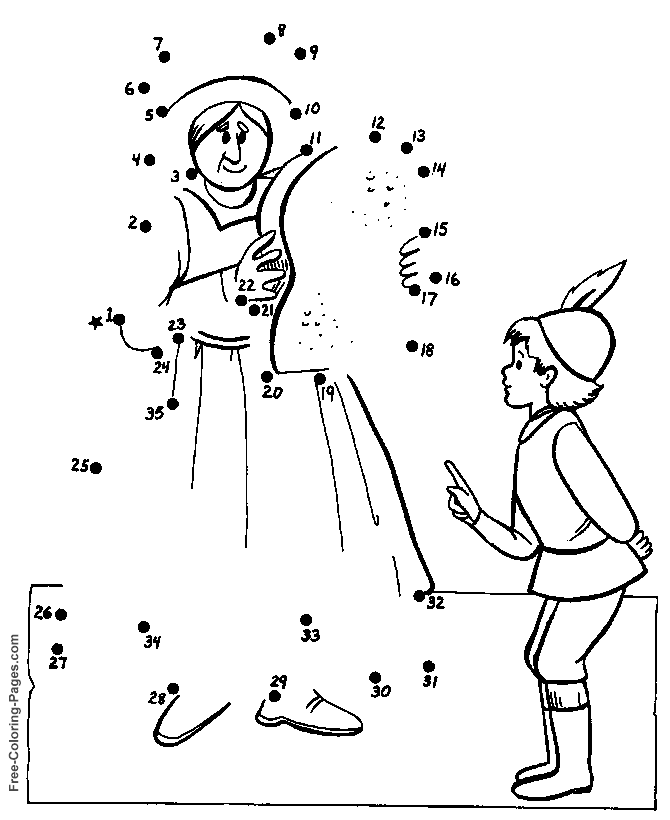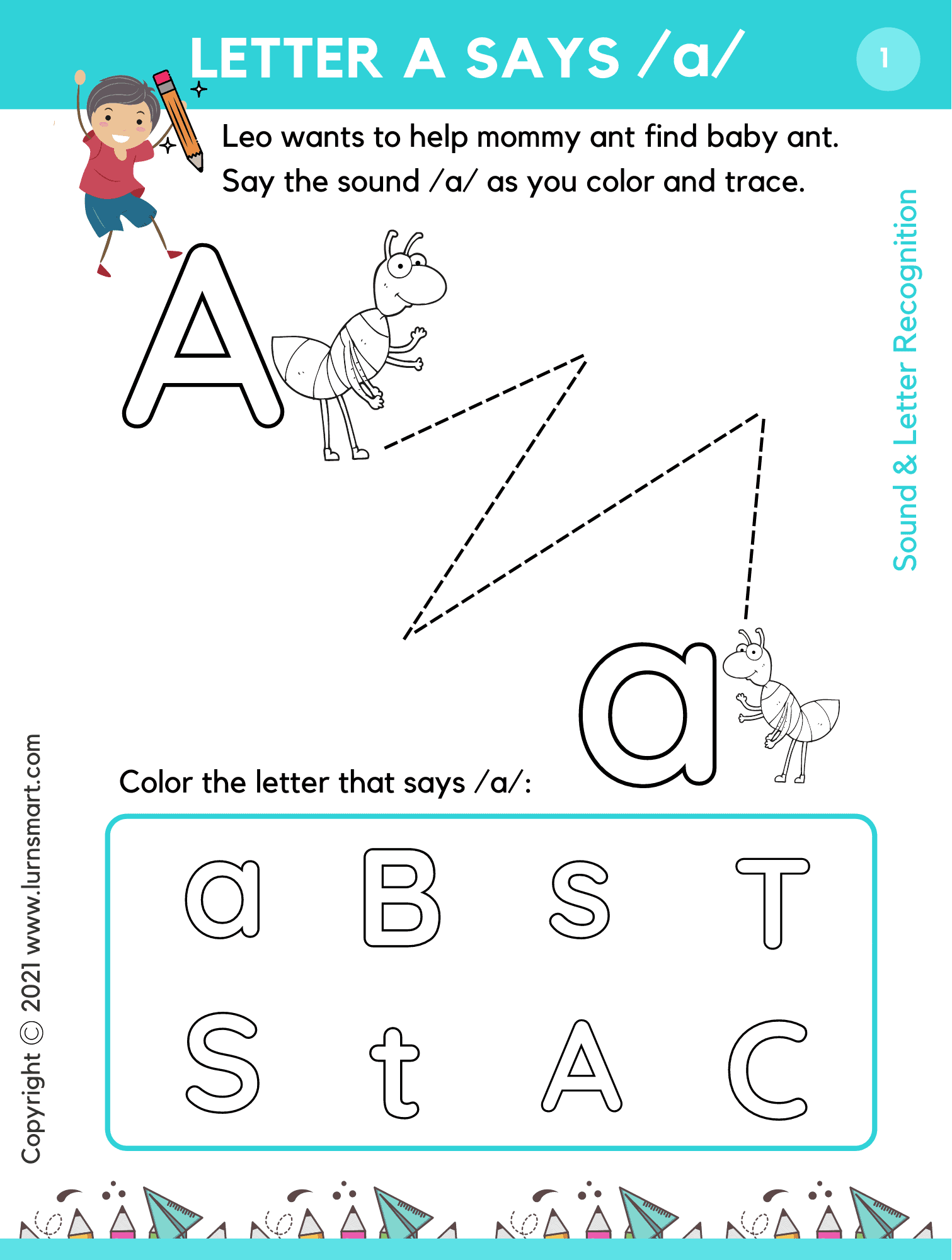What every teacher should know about teaching vocabulary
Table of Contents
Table of Contents
Vocabulary is an essential part of language acquisition. Without a solid grasp of vocabulary, it can be challenging to read, write, speak, and communicate effectively in a language. As a language teacher, you may have probably noticed that teaching vocabulary can be tough. However, it doesn’t have to be. In this article, we will dive into some effective strategies for teaching vocabulary that you can use in your classroom or at home.
Pain Points of Vocabulary Instruction
One of the major pain points of vocabulary instruction is that students tend to forget new words quickly. This results from the fact that students tend to learn words in isolation without any real-world context or association. Another issue is the lack of interest in words that students don’t consider essential in their daily lives. Additionally, some students may also struggle to memorize words due to learning difficulties, such as dyslexia, and others may find it challenging to express complex ideas in the target language due to limited vocabulary.
Teaching Vocabulary: Strategies and Targets
Fortunately, there are several strategies that teachers or parents can use to teach vocabulary effectively. For instance, one of the best strategies for teaching vocabulary is to teach it in context. That is, teach vocabulary words in a manner that students can associate with the real-world. Another effective method is using differentiated instruction, which allows students to learn according to their individual learning styles. Additionally, teaching with visual aids, such as pictures, diagrams, or videos, can be highly effective, especially for visual learners. Finally, it would be best to teach words that are relevant to your students and their daily lives is critical when teaching vocabulary.
Summarizing the Main Points
To summarize, we have touched base on some pain points when teaching vocabulary, and the best strategies to combat those issues. Vocabulary instruction is challenging, but we have identified that we can combat it through context, differentiated instruction, using visual aids, and making learning relevant to our students.
Using Contextualization
One of the most significant challenges with vocabulary instruction is that students tend to forget new words quickly if they don’t use them in context. One of the best strategies for teaching vocabulary is to teach new words in context. For instance, when teaching the word “vampire,” you can use a story. In this fairy tale, the vampire sucked the blood of anything living. With context, learners can associate the word “vampire” with a fictional character and associate the word with things that are only happening within a particular story, for example. The story helps learners to comprehend and remember the new vocabulary in context.
Visual Learning Aids
Another way to make vocabulary instruction more effective is by using visual learning aids. Visual aids, like pictures and videos, make learning more vibrant and interactive. For instance, when you’re teaching young learners about wild animals, you can show pictures of different wild animals and explain the names of those animals. The visual aids create a lasting impression for the child and make it easier to memorize the new words.
Using Differentiated Instruction
Students have different learning styles. Some students are visual learners, while others are more comfortable with auditory or tactile styles. When it comes to vocabulary instruction, it’s crucial to use differentiated instruction. By doing so, we can tailor our teaching style to the students’ specific needs, helping them learn more efficiently. Teachers can also use activities that cater to different learning styles, such as flashcards, word association games, or skits.
Making Learning Relevant
It’s essential to ensure that the language we teach is relevant to our students’ everyday lives. For instance, if we’re teaching English to a group of students from a foreign country, it makes sense to focus on vocabulary associated with living in an English-speaking country. This helps students remain interested and engaged and learn words that will help them when they come into contact with English-speaking people.
Q&A: Frequently Asked Questions
Q: How long does it take to learn vocabulary?
A: It depends on several factors, including the number of words to be learned, the depth of learning, and the learner’s aptitude for learning. However, with consistent practice, it’s possible to learn new vocabulary items within a few weeks or months.
Q: How can I monitor vocabulary learning progress?
A: Teachers or parents can monitor students’ progress by assessing their ability to use new words in sentences, written or oral. Additional assessments include quizzes, tests, or vocabulary logs.
Q: Can games be used to teach vocabulary?
A: Yes, games can be an effective way to teach vocabulary. Games, such as word association games, scrabble or Boggle, are entertaining and can motivate learners to learn new words.
Q: Why is it essential to teach vocabulary?
A: Vocabulary is critical for reading, writing, speaking, and communication. Teaching vocabulary helps learners to build literacy skills, allowing them to comprehend language, communicate ideas effectively and understand other people’s perspectives.
Conclusion of Strategies to Teach Vocabulary
Vocabulary instruction is fundamental to language acquisition. By teaching new words in context, utilizing visual aids, using differentiated instruction, and making the learning process relevant to the student, we can increase our students’ vocabulary retention and make the instruction more engaging. Ultimately, by using these effective strategies to teach vocabulary, we empower students to become more confident language learners.
Gallery
Vocabulary Strategy Pack | Vocabulary Strategies, Vocabulary

Photo Credit by: bing.com / graphics primary educents
Vocabulary Work | Mr. Funk’s Web Site
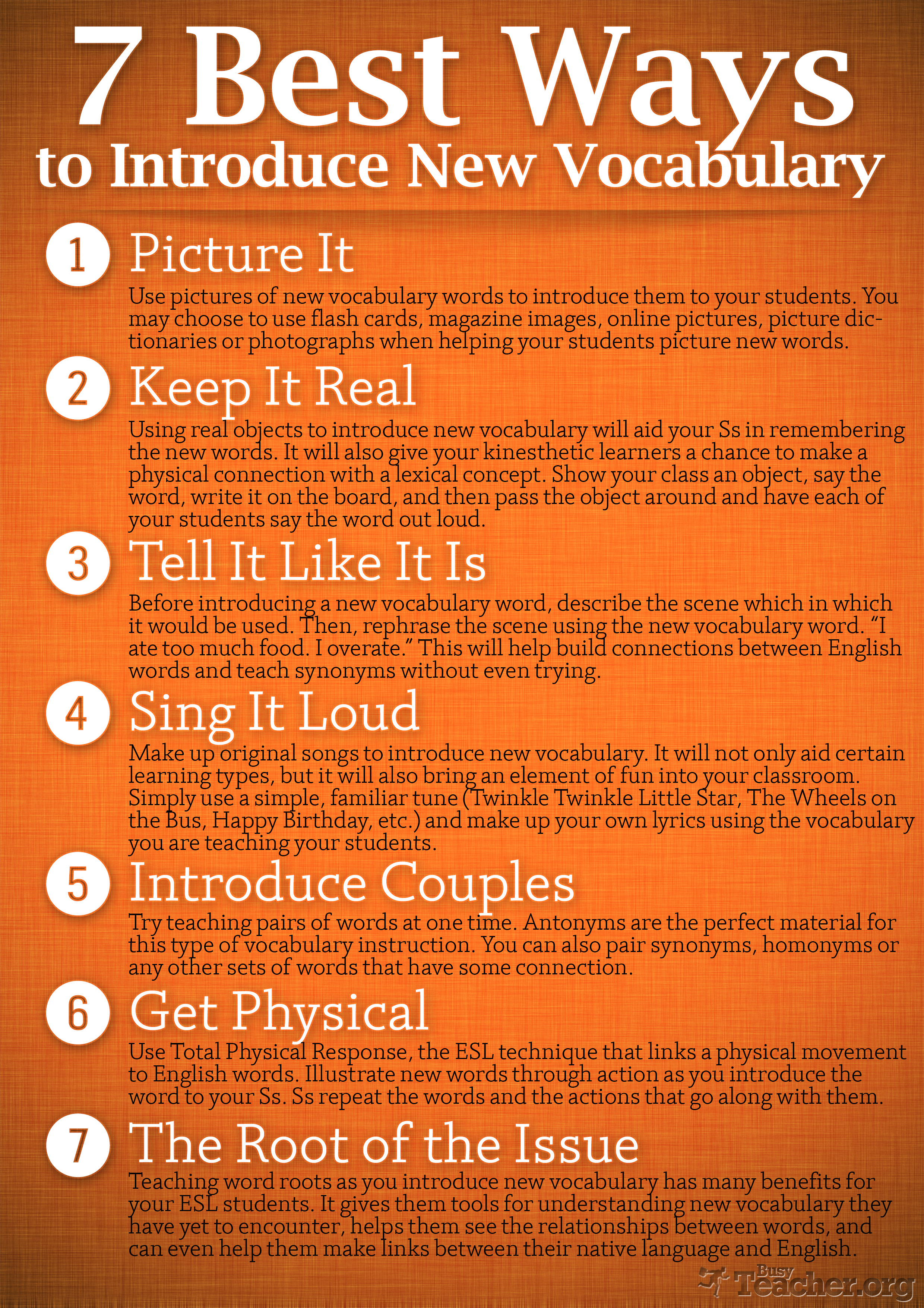
Photo Credit by: bing.com / vocabulary teaching ways poster language strategies english words learning introduce teacher instruction word classroom reading busy activities study spanish posters
What Every Teacher Should Know About Teaching Vocabulary - The

Photo Credit by: bing.com / vocabulary teaching teacher should know every strategies instruction study teach words word read elementary reading research classroom deal strong big
6 Tips For Dealing With Difficult Vocabulary - Mr. Elementary
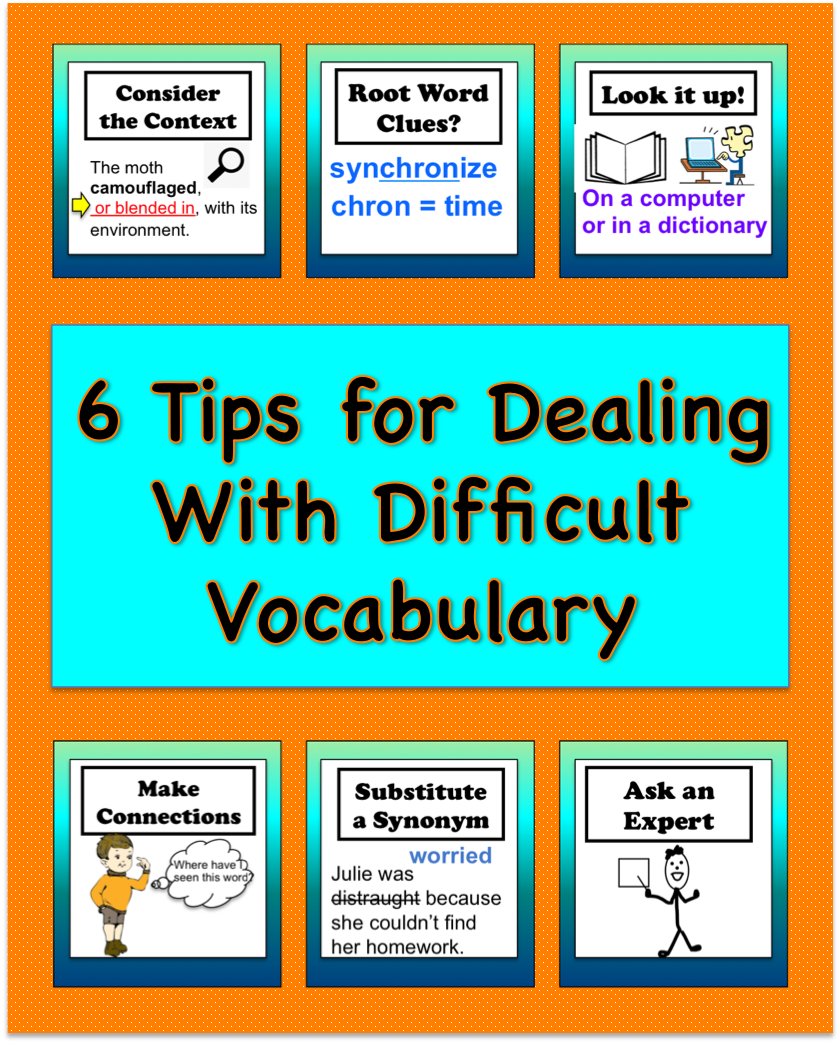
Photo Credit by: bing.com / tips vocabulary difficult strategies reading mr dealing students teaching myself elementary found
10 Engaging Vocabulary Activities | Upper Elementary Snapshots
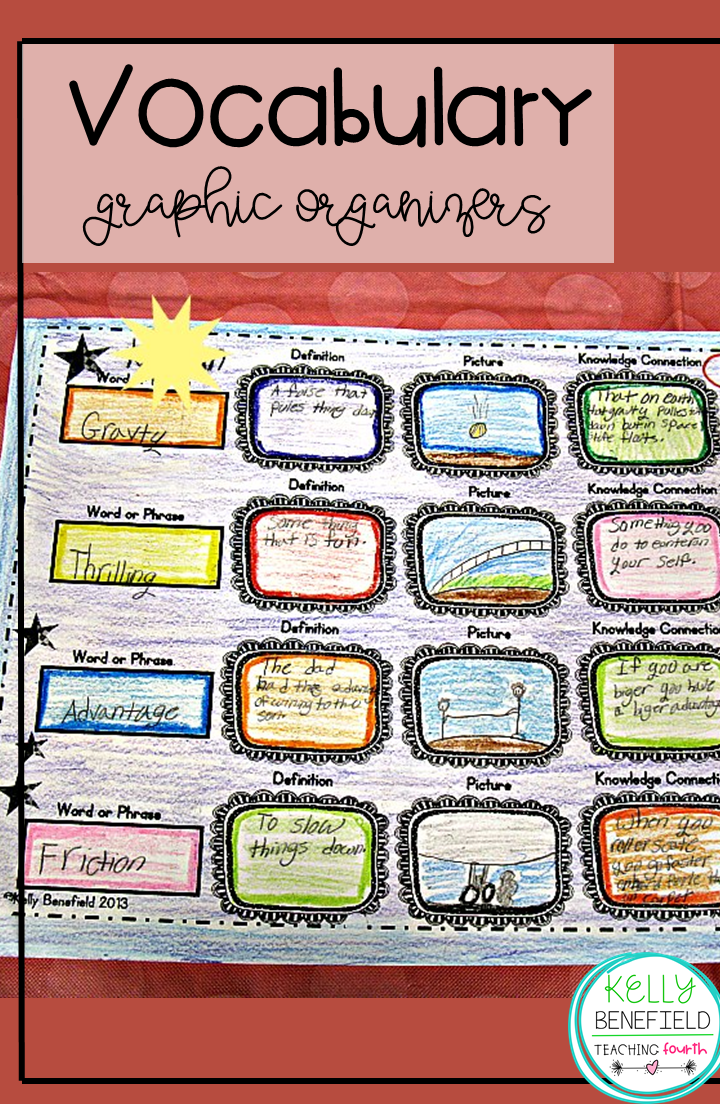
Photo Credit by: bing.com / vocabulary activities graphic engaging organizer words teaching fun organizers vocab strategies elementary reading building upperelementarysnapshots instruction practice upper language visit
